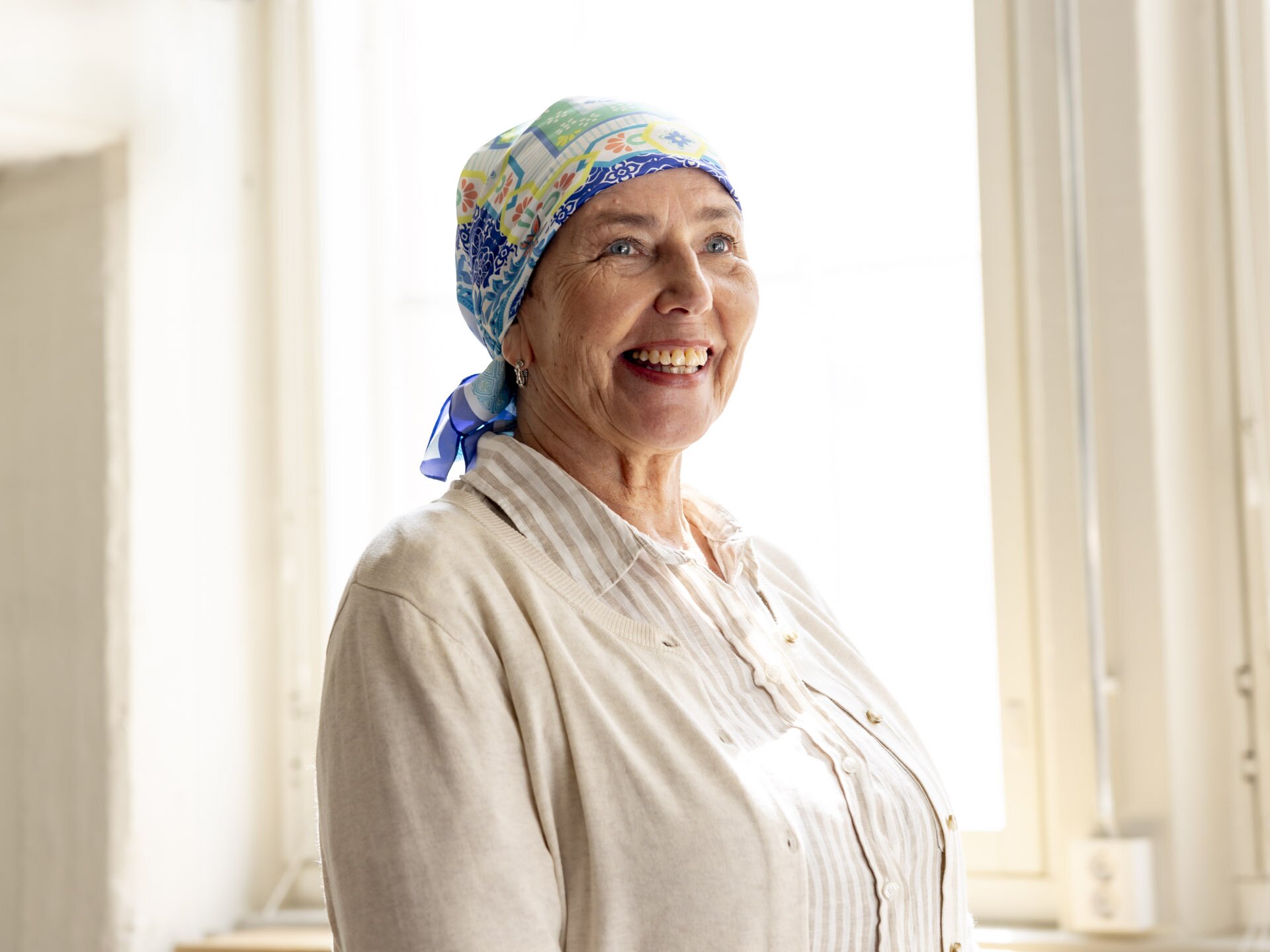Would you go to work if you had a continuous headache, sensitivity to light, difficulty concentrating and a churning stomach?
Many migraine sufferers do, according to Marja-Liisa Sumelahti, MD, Associate Professor in Neurology at the University of Tampere.
“My patients report at least 4–6 migraine attacks per month. Many of them are used to taking medication so they can work during a migraine attack because a migraine is rarely accepted as a reason for sick leave. When migraine sufferers work remotely, workdays can stretch to 12 hours as they try to get everything done even though they are not really fit to work,” Sumelahti says.
EUR 1,200
For a patient living in an EU country, migraine costs an estimated EUR 1,200 a year, taking into account direct costs, such as medicines, doctor’s visits and hospital care, and indirect costs, such as loss of working capacity and sick leaves.
Source: PubMed
Headache is not the worst symptom of a migraine
Many people think a migraine is just a nasty headache. For some people this is what a mild migraine is and can be controlled with migraine medication or painkillers.
However, in addition to a headache, a migraine can cause other problems, such as difficulty concentrating, brain fog, visual disturbances and sensory defensiveness, which can affect a person’s ability to function for hours before and even days after a migraine attack. The symptoms can vary and often change over the years.
A migraine with aura, which may include zigzag lines affecting vision and other visual symptoms, can also cause sensory disturbances and speech difficulties, dizziness or temporary paralysis.
“At worst, working during a migraine can lead to more attacks and a vicious cycle of exhaustion, mood swings and headaches caused by medication. The use of migraine medication spirals out of control for many patients when they use them to try and keep working,” Sumelahti says.
14.6%
A large population survey found that 14.6% of women and 4.8% of men suffer from migraine. For women, migraine is linked to a drop in oestrogen before menstruation and during menopause.
Source: Current Care Guidelines / Duodecim
This is one of the reasons why migraine costs the Finnish society more than EUR 400 million a year, according to the association Migraine Finland. At the same time, a migraine that is difficult to treat can affect an individual’s entire life.
“Migraine attacks are partly linked to the drop in oestrogen levels associated with menstruation and menopause, and are therefore almost three times more common in women than in men. Severe migraine attacks can make everyday life difficult, so many people who suffer from these may be uncertain about starting a family as this may feel too challenging.”
Researchers interested in migraine
Although there have been significant advances in drug-based treatment of migraine, there is still a lot of work to do.
“Migraine is strongly hereditary, so there is no cure. However, we can look for molecules, neurotransmitters and mechanisms which can be used to influence the onset of pain.”
Inevitably, there are still some to be discovered. According to Sumelahti, the discovery of a biomarker to identify which neurotransmitters cause pain in an individual patient could revolutionise the treatment of migraine.
“In ten years’ time we might find a method that would help us learn more about the early stages of an attack and gain a better understanding of how individual brains work.”
 In addition to drug-based treatment, lifestyle plays a large role in the treatment of migraine, Sumelahti points out.
In addition to drug-based treatment, lifestyle plays a large role in the treatment of migraine, Sumelahti points out.
“The goal of drug-free treatment is for the migraine sufferer to take care of their own brain. This includes regular and restorative sleep, exercise, healthy nutrition, an active attitude to life and hobbies that bring happiness.”
1,000,000,000
According to the WHO, one in seven, or more than one billion people worldwide, suffer from migraine. Headache disorders are under-diagnosed and under-treated throughout the world.
Source: WHO
Sumelahti urges everyone whose daily life is affected by migraine to seek help and not to give up until they get it.
“The better you can recognise your own symptoms and describe them to a doctor, the better your treatment will be. A headache diary is a good tool for this.”
Finding the right treatment can bring relief from even long-term migraine.










